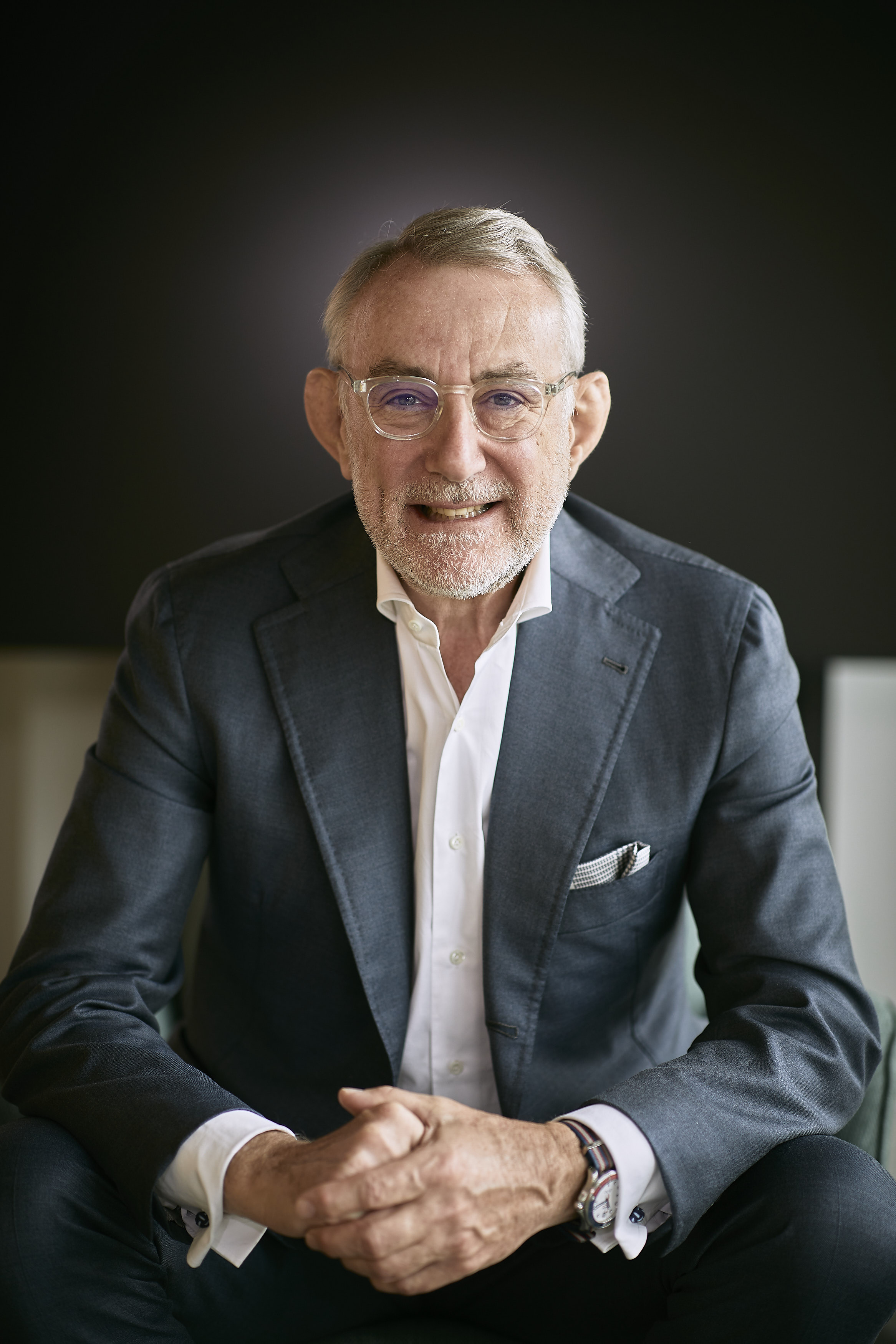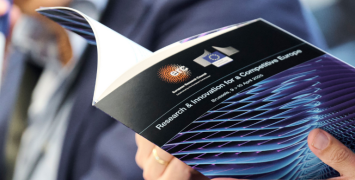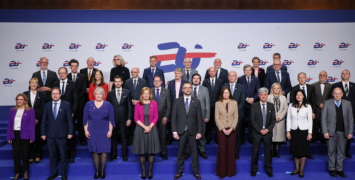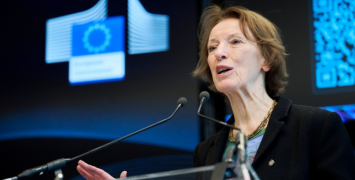Industry and science – a relationship that will decide Europe’s place in the world

By Jean-François van Boxmeer
In mid-May, European Round Table for Industry (ERT) assembled in Rome for our most recent Plenary. At these events, all our members meet – leaders from 60 European industrial and technology companies active in various sectors, including steel, energy, chemistry, automotive, engineering, information and communication technologies, semiconductors, consumer goods, health, and pharmaceuticals. At those moments, we can directly take the pulse of Europe’s industrial base.
We all know that Europe’s industry has been under stress for a while for manifold reasons. But despite all the pressure felt, one emotion runs deep: the love for technology and the trust in science as a driver of progress.
Industry leaders know first-hand that science is the mother of industry. All our companies were established following scientific breakthroughs; many date back more than a hundred years. Companies survive and prosper by continuously developing their product offerings, seizing new opportunities brought within reach by science, and converting discovery into economic value. The entrepreneurial challenge, both now and in the past, is to accomplish this efficiently and at scale.
Today companies must navigate a world where competition for scientific and technological leadership is intermingled with fierce and multilateral geopolitical power struggles. During the Cold War the fronts and rules were rather clear – today, all is in flux. Furthermore, science and technology are advancing at an increasingly rapid pace across a growing number of disciplines. In several parts of the world, securing dominance in key scientific fields is increasingly part of national strategy to secure leverage in a changing global pecking order.
For Europeans, who strive for our own strategic autonomy rather than dominance over others, our geopolitical exposure, limited natural resources and ageing population leave us little choice. Scientific excellence and innovation leadership in key sectors are our best bet to secure our community’s future sovereignty and ability to maintain our values.
Europe should become much better at valorising scientific discovery and turning it into economic value.
What will this take?
Firstly, we must attract and retain top scientists. Scientists first and foremost, are people: they seek freedom, good living conditions, the resources to pursue their calling, and excellent colleagues and partners. While many European companies have outstanding R&D departments, fundamental research remains principally the domain of academia and research institutions. The European Research Council, along with Europe’s universities and research centres, is already delivering on this mission. With increased resources in the next Multiannual Financial Framework, they can achieve even more.
Secondly, it will be necessary to create the right conditions for AI and the use of data to revolutionise how we conduct Research, Development and Innovation (R&D&I) in Europe. The question is no longer whether AI and data will make scientific discovery exponentially faster and broader. The global direction of travel is clear. The real question is how fast we can shape a distinctly European approach that puts AI and data in the hands of our scientists and researchers. Missing this ‘train’ would be costly – and contribute to the ‘slow agony of decline’ scenario’, that Mario Draghi warns us about: Europe risks becoming a scientific backwater, with our industries losing one innovation race after another to their global competitors.
Thirdly, Europe should become much better at valorising scientific discovery and turning it into economic value. This starts at universities and with researchers’ career options. It needs to become ‘normal’ to derive use cases of discovery – whether by partnering with industry and/or becoming ‘researcher-entrepreneurs’. From this point onwards, access to technology development facilities is a sine-qua-non for success. Europe needs to ensure there are no gaps.
But the real game changer will be whether Europeans start putting their money where their mouth is. On the investment side, recent initiatives (for example, by the Commission or the European Investment Bank) to mobilise homegrown venture capital for scale ups will create new dynamics. The next step would be for Europe’s industries and public sector to become better customers of homegrown innovators. Emerging European technology providers need to grow and learn ‘on the job’. What incentives are needed to make companies, and public services break out of their comfort zones and rebalance their procurement strategies?
Fourthly, we must take Single Market integration and simplification very seriously. Innovators need to reach scale quickly. This is difficult as long as our 440 million-strong Single Market remains a patchwork of 27 different and highly complex regulatory systems. Deep tech entrepreneurs with high potential are as frustrated by Europe’s 27 parallel regulatory frameworks as they are attracted to the USA’s deep capital pools. Ursula von der Leyen’s push for simplification and Single Market ‘defragmentation’ is a huge gift for our national leaders. It gives them a very good shot at restoring economic competitiveness with much to gain for everyone.
Fifthly, we should acknowledge that Europe must mobilise all its assets if it wants to deter and withstand military aggression from Russia. In many areas, defence and civilian industries use the same underlying technologies and face similar challenges. Dual-use applications and shared value chains can significantly increase the return on R&D investment. And most importantly, we need a close-knit, pragmatic ecosystem that brings together scientists and technology leaders from both the civilian and defence sectors. It is mainly up to us to decide which key defence technologies and capabilities we anchor firmly in Europe.
Three final recollections from Rome:
Astronaut Samantha Cristoforetti, whom science has quite literally carried to the stars, offered a crystal-clear reminder that Europe’s future in space is at stake. Not because we lack scientific know-how, but because we fail to deploy it at a sufficient scale.
Professor Mario Draghi complemented his razor-sharp recipe for restoring Europe’s competitiveness with an equally sharp analysis of how to use the size of our Single Market and our accumulated wealth to nurture deep tech innovation and renew our industrial fabric.
And finally, the painter Raphael, through his frescos at the heart of the Vatican, reminds us that there was once a time when science and reason were celebrated at the very centre of a political and cultural powerhouse. If Raphael were still alive today, what would his School of Europe look like?

Jean-François van Boxmeer is the Chair of the European Round Table for Industry (ERT)





